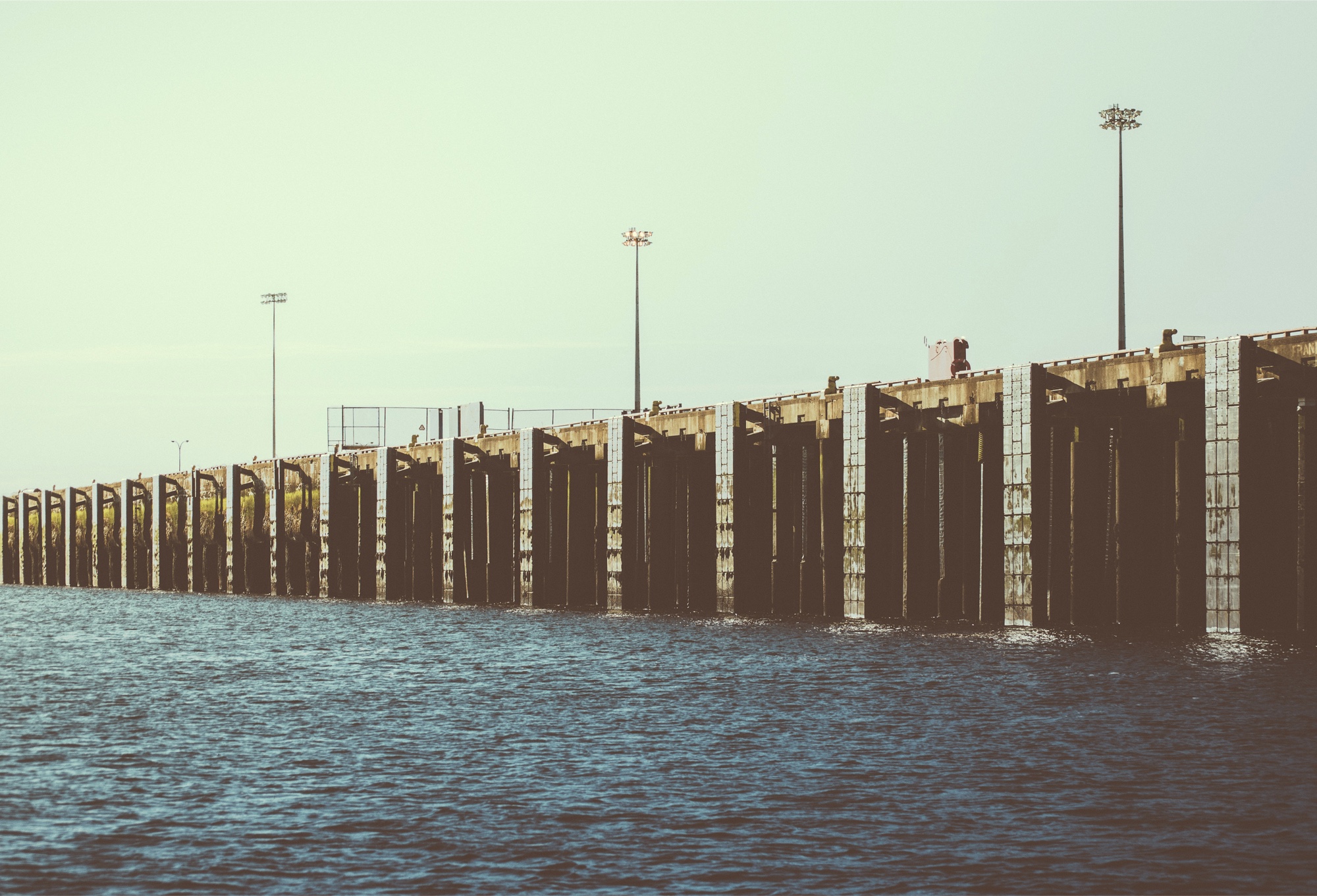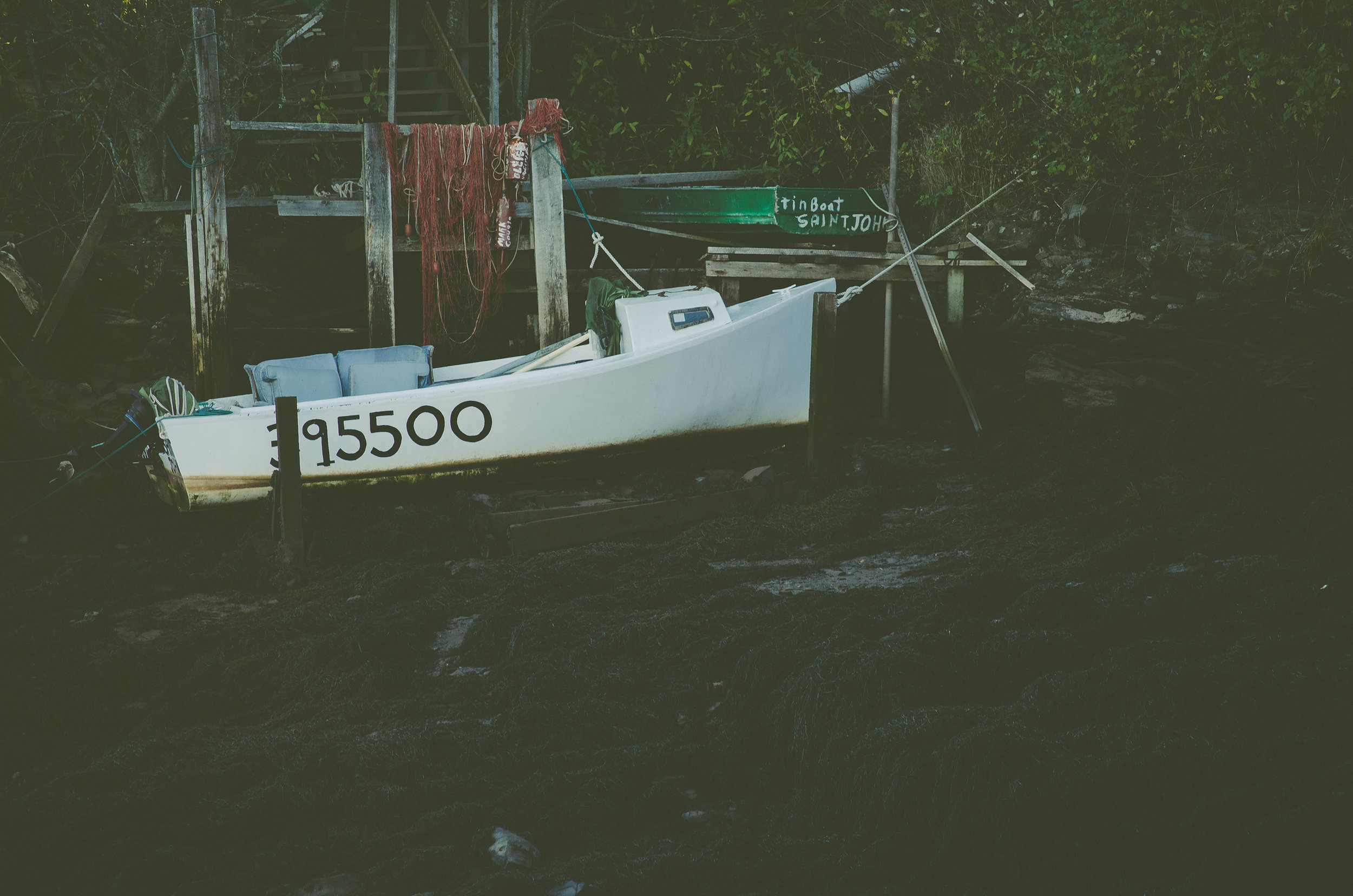
SAINT JOHN HARBOUR
Saint John Harbour Health Report Card
The Saint John Harbour (SJH) is a major marine port with high shipping traffic. It is an urban centre with multiple human activities ranging from dredging to discharging municipal wastewater, and industrial effluents from oil refining, brewing, and pulp and paper production. All of these activities are overlaid on 8m, semi-diurnal tides.
This multi-year project established baseline data that can be used to assess cumulative environmental effects. When completed, a long-term environmental monitoring program of the SJH will provide government regulators and harbour managers, industry, NGOs and residents with a clear set of recommendations to identify areas that are currently experiencing or are likely to experience ecological stress, and to predict potential impacts from new or proposed developments so that negative impacts can be prevented or mitigated.
DEVELOPING MONITORING METHODS FOR SEDIMENT POLLUTANTS AND INVERTEBRATES IN THE Saint John Harbour
In the field, samples were simultaneously collected over several seasons and years (2011-2014) for contaminant analysis and infaunal invertebrates using a grab sampler, which is deployed on a long cable from a boat and allowed to settle on the sea floor.
DETERMINING METHODS FOR MONITORING ICHTHYOPLANKTON, FISH COMMUNITIES, SAND SHRIMP, AND CAGED MUSSELS
Fish eggs, larvae, and early juveniles may be more sensitive to pollution than adult fish, and can indicate where mature fish are spawning or where there are important nursery habitats. This was the first time that the spatial and temporal distribution of fish eggs and larvae in Saint John Harbour was investigated.
Summary of Recommendations and Implications for stakeholders
There is considerable potential for the development of large energy projects in Saint John over the coming decades, given shifting economic and political perspectives around the extraction and transport of fossil fuels and existing oil refining and liquefied natural gas infrastructure. This has the potential to increase urban development, which will put added pressure on municipal infrastructure.
Climate Change Risks and sea level rise
ACAP Saint John is also working with community stakeholders and governments toward our city's first coastal and harbourfront risk mapping and adaptation strategies.
Water Quality & Fish Communities
ACAP Saint John has conducted on-going water quality monitoring and fish community assemblages testing for over two decades. Annual results are compiled and published into report cards which have shown a marked improvement year-over-year since the completion of Harbour Cleanup in late 2014.
HOW WAS THE RESEARCH CONDUCTED?
The pages above describe the findings of Allen Curry, Heather Hunt, Karen Kidd, University of New Brunswick, ACAP Saint John and the Saint John Harbour Environmental Monitoring Partnership, 2012-2016. To read the UNB/SJH-EMP research summary paper, please click here.
Information from previous research on metals and organic pollutants in sediments in the SJH was used to identify reference sites and potential hotspots of contamination. Two sub-projects were developed:
- Metals and polycyclic aromatic hydrocarbons (PAHs) in sediments and the abundance and diversity of infaunal invertebrates (organisms that live in sediment on the seafloor) were investigated to understand the baseline conditions at reference sites (3 in inner and 3 in outer harbour) and to compare against the conditions at several potential hotspots to evaluate the sensitivity of the measures.
- Sand shrimp, fish species, caged mussels and ichthyoplankton (the combination of larval or immature fish and fish eggs that live in the water column) were assessed to determine how appropriate each of these groups of organisms is for identifying areas that may be experiencing ecological stress due to environmental disturbance and water pollution.
For each project, the approach was to determine where (which sites and how many?), when (best time(s) of the year) and how (best field sampling and lab analysis methods) to collect samples and conduct site assessments. This will aid in the design of future monitoring activities in the SJH, and provide stakeholders with a set of steps to follow to identify and address the potential cumulative effects of current and future activities, as well as to evaluate the potential site-specific impacts of harbour development.
Additional research was conducted in-house by ACAP Saint John, encompassing fish communities monitoring, climate change literature reviews and both natural and built environment coastal hazards reporting.





